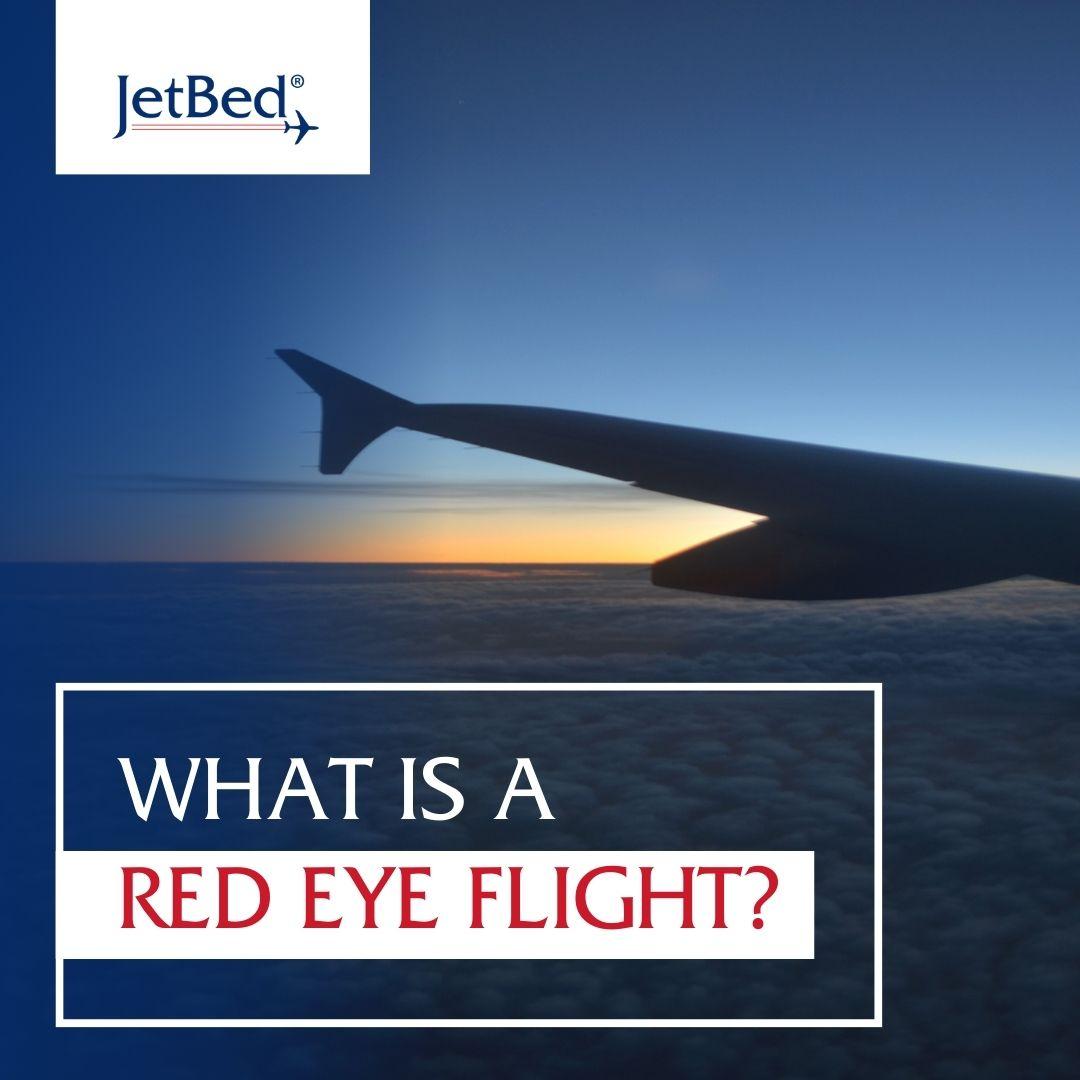Long-haul commercial flights often demand overnight travel to maximize efficient schedules between destinations separated by vast distances. Like we discussed in a previous post about what pilots do on long flights, some journeys span overnight hours. These trips mean passengers board at night and touch down the following morning. Whew!
Flying long hours through the wee morning darkness can be challenging, but understanding so-called “red eye flights” empowers travelers to endure and benefit from them. Departing under starlight and landing as dawn breaks epitomizes these unique itineraries and lets travelers do more!
Today’s post is dedicated to exploring red eye flights in detail. An examination of what defines red eye schedules, their pros and cons, plus invaluable advice for surviving overnight planes will help you consider this flight option. Whether for work or leisure, knowing how to approach red eyes can ease challenges and help you make the most of timely arrivals.
Are you a frequent red-eye traveler? Don’t miss another good night of sleep! Instead, invest in a Jetbed: The Most Comfortable Way to Fly. With Jetbeds to fit all major aircraft and the highest-quality linens you never have to fly without one again!

What Is A Red Eye Flight?
A red eye flight refers to overnight flights that depart at night and arrive early in the morning, often around dawn. Red eye flights are commonly scheduled between 10 pm and 6 am, when most destinations are operating essential services but business traffic has subsided. Flight durations average 6-8 hours for cross-country routes like Los Angeles to New York.
Red eyes primarily facilitate direct routes traveling east, like flying from California to New York. The overnight timing allows passengers to board late and arrive for daytime activities at their destination the next morning. Carriers like United, Delta, and American routinely operate red eye flights to shuttle travelers across multiple time zones with efficient nonstop itineraries.
Overseas long-haul flights can also qualify as red eyes. For example, red eye designations may apply on routes from the West Coast of North America to Asian cities like Tokyo, Hong Kong, or Beijing because of the significant time zone changes involved. Most red eyes fly red eye schedules for peak travel demand between major business hubs worldwide.

Tips for Red Eye Flights
While red eyes offer timely arrivals, their overnight nature brings challenges. Some planning can help you tolerate or even benefit from these night flights.
Sit by a window.
Having a window seat allows you a comfortable surface to lean on and will provide some level of privacy. It also lets you control natural light coming in, which is helpful for trying to fall asleep or wake yourself up. Many travelers find window seats easiest for resting on red eyes.
Wear compression socks.
To reduce swelling and improve circulation while seated for many hours, compression socks are invaluable for red eyes. Look for socks that apply light compression without feeling constricting. Have them on before takeoff to allow blood flow benefits throughout the flight.
Book a red eye flight that matches your night sleep schedule.
If possible, choose or schedule your red eye flight with departure and arrival times closely align with your regular circadian rhythms. For example, a 1 am departure may feel less disruptive for a night owl versus an early bird. Matching schedules eases adjusting both pre- and post-flight.
Pack entertainment galore.
Load any electronic devices with lengthy movies, TV shows, playlists of your favorite music, podcasts, audiobooks, magazines, newspapers, games anything engaging to keep you occupied during daylight hours flying overnight. Bring backup options in case devices die.
Wear an eye mask and earplugs.
Light and noise are common sleep obstacles on planes. A comfortable eye mask blocks out light whether you want darkness or need to rest your eyes. Noise-canceling earplugs paired with them muffle sounds for quality rest. You should also look for breathable materials to give all the comfort you can desire while resting on your Jetbed!
Bring healthy snacks.
Low-odor nuts, seeds, grain bars, dried fruits, and yogurt ensure you feel energized without disrupting fellow passengers. Staying fed and hydrated aids sleep and mental alertness upon arrival compared to fasting overnight.
Consider natural sleep aids.
Consult your doctor about natural options like melatonin or valerian root supplements to help induce rest at cruising altitude. Only take as instructed don’t rely solely on medication for sleep during red eyes.
Dress comfortably.
Wear soft, breathable fabrics and layers adjustable for various aircraft climate zones. Loose, supportive clothing enhances comfort, allowing uninterrupted rest. Bring a travel pillow, eye mask, and socks.
Don’t forget your Jetbed!
Red eye flights present the perfect opportunity to catch some shuteye before you arrive at your next destination. Plus, as described in our post about pilots’ activities on long flights, red eyes present unique challenges for the crew as well from disrupted sleep to changes in circadian rhythms. That’s right pilots need to sleep during certain red eye flights as well!
Don’t settle for less. Get the rest you and your crew deserve with Jetbed! With easy assembly and created with the highest quality materials, Jetbed is the most comfortable way to fly. Make sure every aircraft you utilize is stocked with a Jetbed!

BONUS: Red Eye Pros and Cons
While overnight flights require adjustment, they offer advantages:
Pros:
- Timely arrivals allow full days at destinations.
- Nonstop routes save time vs. multi-leg itineraries.
- Fewer delays from daytime flight travel volumes.
Cons:
- Difficulty resting on planes makes exertion challenging.
- Disturbed sleep cycles longer after arrival.
- Reduced inflight amenities vs day flights.
- Limited sightseeing upon red eye touch down.
Weighing these pros and cons alongside the trip purposes helps determine if a red eye suits your needs. Business demands may warrant enduring cons for prompt arrival, while vacations risk exhaustion without pros like time savings. Strategic sleep tips can lessen the cons of appropriate red eye bookings.
A red eye flight is an overnight flight.
In conclusion, red eye flights serve those for whom arrival timing exceeds comfort. But this doesn’t necessarily mean you need to forgo your comfort. Our special fleet of JetBeds which are tailor-made for different flights is sure to keep you covered.
Minor adjustments will always help to create an environment conducive to onboard rest, avoiding post-flight regret over schedule selections. With due preparation, red eyes deliver optimized travel across time zones for productivity or fun at destinations!
For more answers to questions related to your private jet ownership, consult our blog. Remember, a comfortable and suitable Jetbed is a sure way to avoid sleep deprivation and arrive at your destination feeling refreshed and ready to tackle the day. Sleeping on a private jet, if you have the luxury, can make a significant difference!

